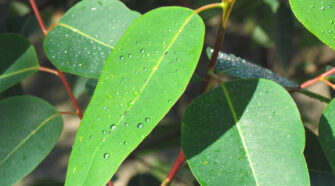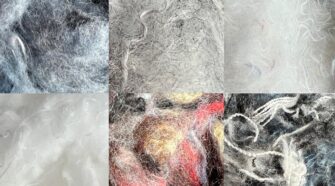Editor’s Choice

Resetting the Global Supply Chain
Fundamental Changes are Required to Support Circular Ideas For three days each year in September, Dornbirn in western Austria – one of the smartest cities in Europe – is the …

Digital Color & Textile Recycling Innovation Super Stars
Sustainable dyeing of textiles and textile recycling garners attention at ITMA Milan, with other innovations that increase textile sustainability and offer textile producers on-demand options. The best and brightest ideas …

Seizing Opportunities for Change
World of Wipes® Focuses on Turning Innovation into Action Innovation across industry niches often overlaps in methodology, technology and manufacturing. The best and brightest of the wipes niche are invited …

Can Cellulose Fibers Fill the Cotton Gap?
Cellulose as a Raw Material Could Be the Answer to Future Textile Demand Cellulose fibers are steadily making their way into a wide range of applications, including textiles, hygiene products …

Recycling Conundrum
Extreme Recycling and the Short Fiber Challenge Switzerland ranked top in the list of the world’s most innovative countries for the 12th year running in 2022, keeping the USA in …

